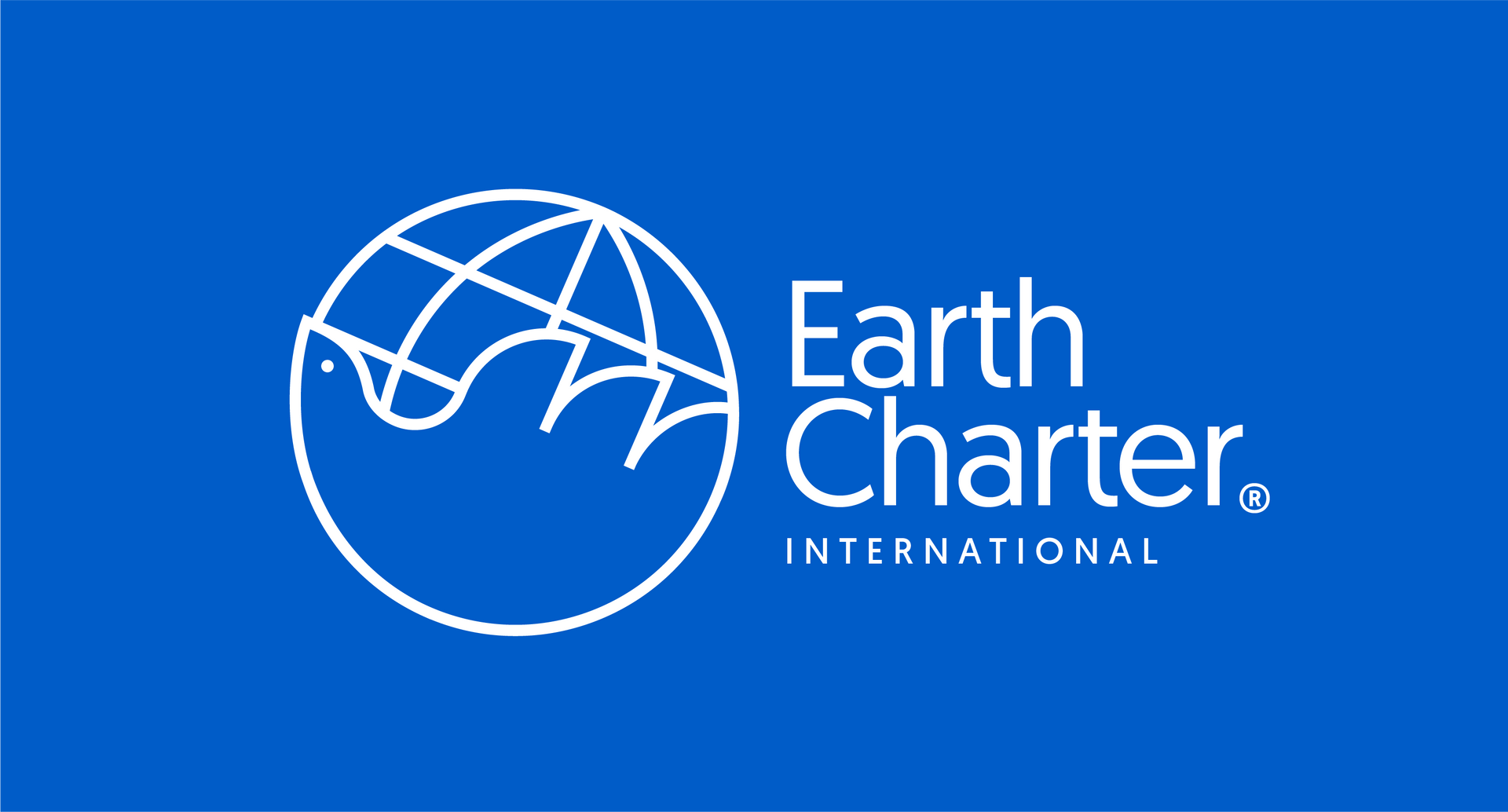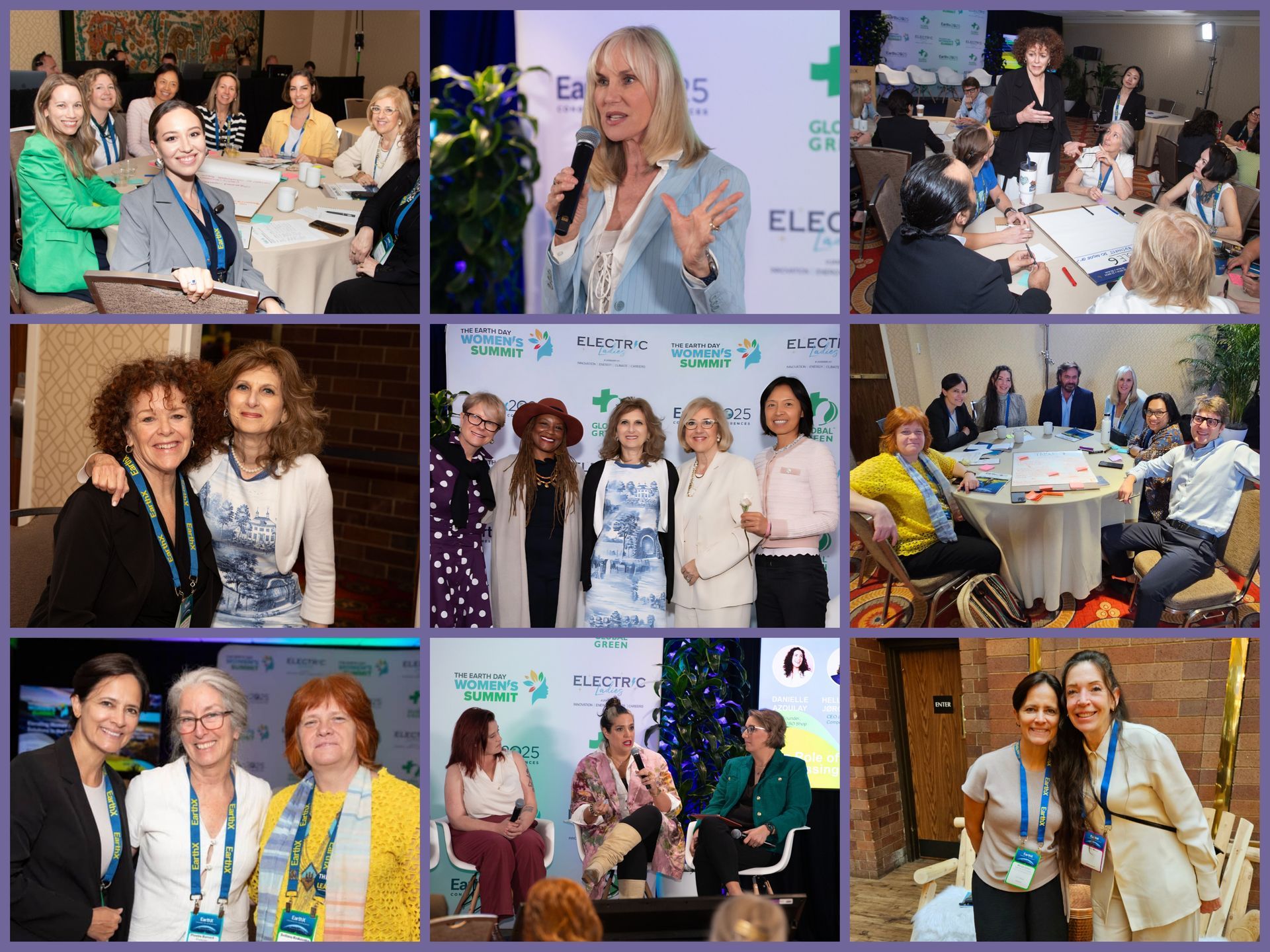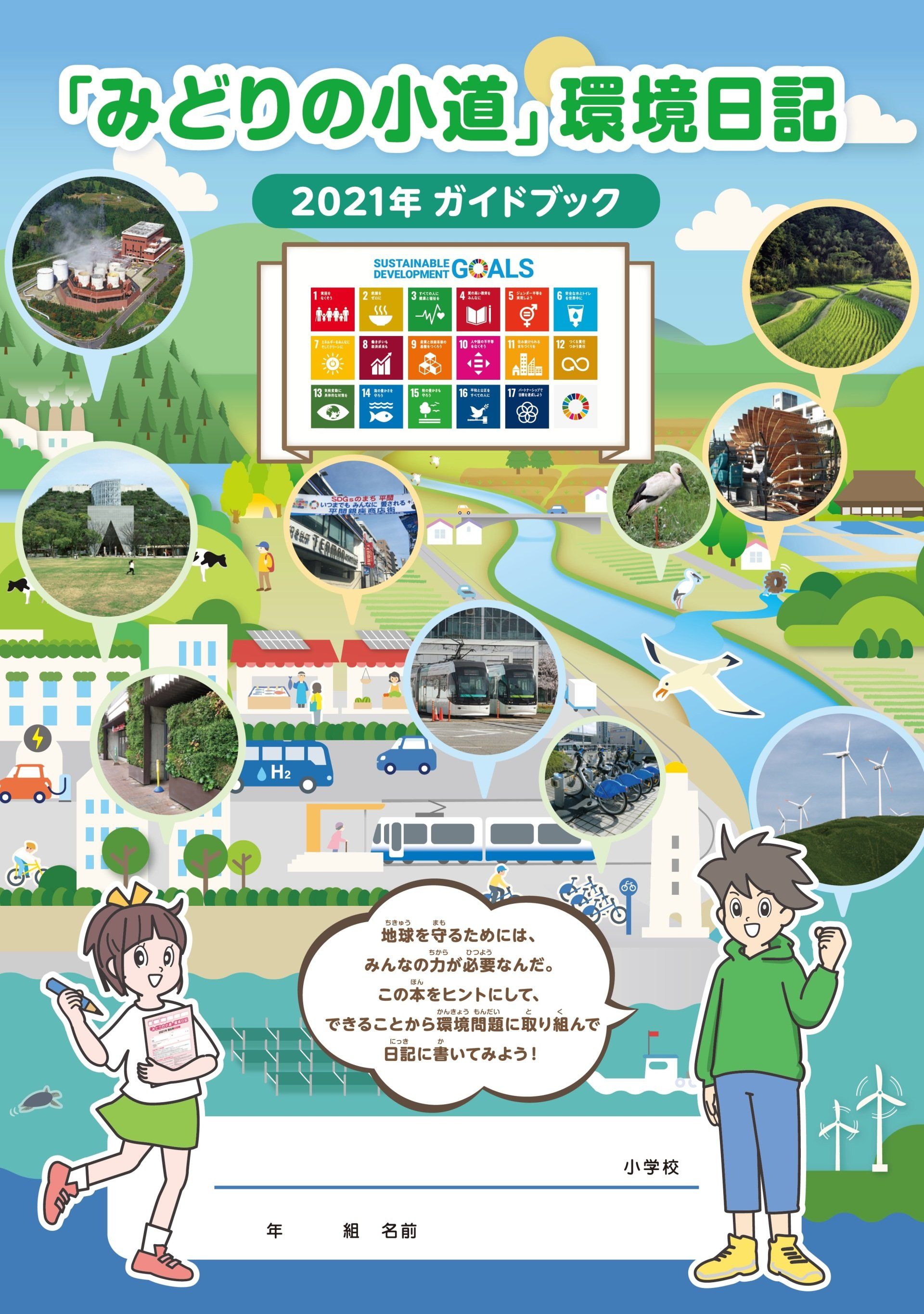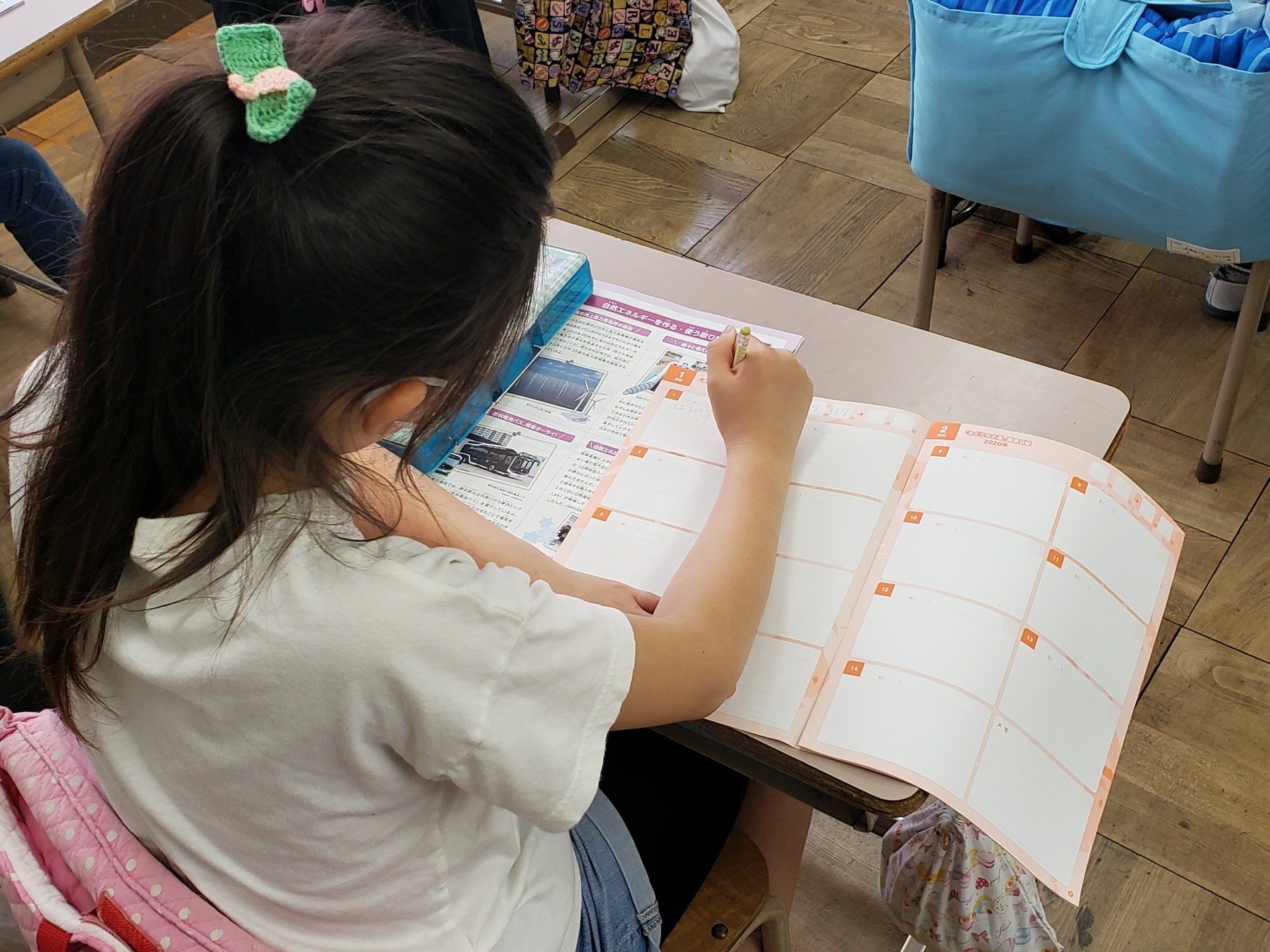This is What Happens During a Chemical Weapons Inspection
Sunil • April 18, 2018
This is What Happens During a Chemical Weapons Inspection
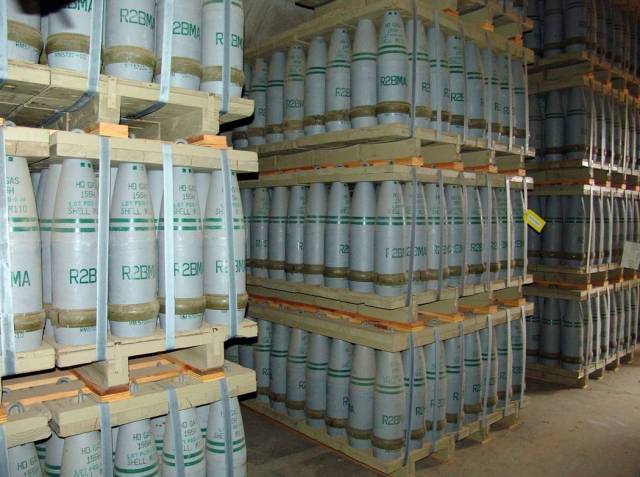
Wednesday 18 April 2018
Due to the ongoing war in Syria, any chemical weapons inspection there, either for removal or destruction of its stockpiles, or for chemical weapons use allegations, requires heightened security. OPCW (Organisation for the Prohibition of Chemical Weapons) inspectors are fitted with bullet-proof vests and face possible life-threatening opposition.
In fact, inspectors have now experienced both having shots fired at them and roadside bombs, which destroyed one of their vehicles.
The current inspections in Douma will be looking for any evidence of chemical weapons, including the agents themselves as well as the remains of any munitions, including barrel bombs.
But in an active war zone, this can be difficult, and may be compromised by ongoing combat and/or efforts by the warring parties to hide evidence; even poor weather, such as heavy rain, can wash away some evidence.
The Fact-Finding Mission (FFM) team of nine OPCW inspectors arrived in Damascus on 14 April, but was prevented from travelling immediately to Douma due to “pending security issues” raised by the Syrian and Russian governments, now reportedly in control of the area captured from rebel forces.
With over a week having elapsed since the suspected attack, forensic evidence of chlorine, which evaporates very quickly, may be difficult to find, but nerve agents tend to be much more persistent and could likely be obtained.
In addition to on-site munition-related evidence, inspectors also try to interview any victims, medical personnel and eyewitnesses to any alleged attack, in order to compare their accounts, and also seek to obtain blood and urine samples of both the dead and injured victims.
All forensic and medical samples are brought back to the OPCW under full chain of custody, thus preventing any tampering with evidence, and shared with at least two OPCW-accredited laboratories for comparative analysis.
When analysed with intelligence information concerning flight patterns of aircraft and helicopters in the area and other possible attack scenarios, this may allow the FFM inspectors to piece together a credible account of what actually happened on 7 April, whether chemical agents were involved, and which agents were used.
The inspectors are not mandated to seek accountability in these Syrian investigations, that is, to determine who may have undertaken such illegal attacks.
But the FFM reports, of which there have been a dozen or more to date, have been turned over to the United Nations Joint Investigative Mechanism (JIM), established by the UN Security Council in 2015 but unfortunately allowed to lapse last October due to a Russian veto of its extension.
Past JIM reports have found the Syrian government responsible for two sarin nerve agent and two chlorine attacks between 2014 and 2017; the UN reports have also found Islamic State responsible for two mustard agent attacks in 2015 and 2016.
The international Chemical Weapons Convention (CWC) entered into force in 1997 banning the use of any chemical weapons in warfare, and requiring the verified and safe destruction of all existing chemical weapons stockpiles.
It is currently the most universal arms control treaty in existence, with 192 of 196 countries as members, and the OPCW, its international implementing agency in The Hague, has about 450 full-time staff.
The OPCW maintains an international inspectorate which regularly inspects all stockpile destruction efforts, currently still ongoing in the United States, and undertakes 241 annual inspections of chemical industry.
Since 1997, OPCW inspectors have verified the safe and irreversible elimination of more than 69,000 metric tons of deadly chemical agents in eight countries, representing more than 96% of declared chemical weapons arsenals.
OPCW inspectors have to date compiled an excellent and massive record of on-site inspections – 6,785 inspections at weapons-related and industry sites in 86 countries.
However, when Syria, under pressure from Russia, the US, and other CWC-member states, acceded to the CWC in 2013, it presented a new challenge.
In this latest suspected chemical attack, reports indicate dozens of citizens killed and hundreds injured – possibly by chlorine gas and sarin nerve agent, already known to have been used by Syrian government forces in at least four previous attacks between 2014 and 2017.
If this report by victims and medical personnel is found to be accurate, it will represent just one of hundreds of such reports since 2012 in the long and costly war in Syria.
Past reports of the OPCW FFM, as well as national statements, can be found on the OPCW website. UN reports can be found on the UN website.
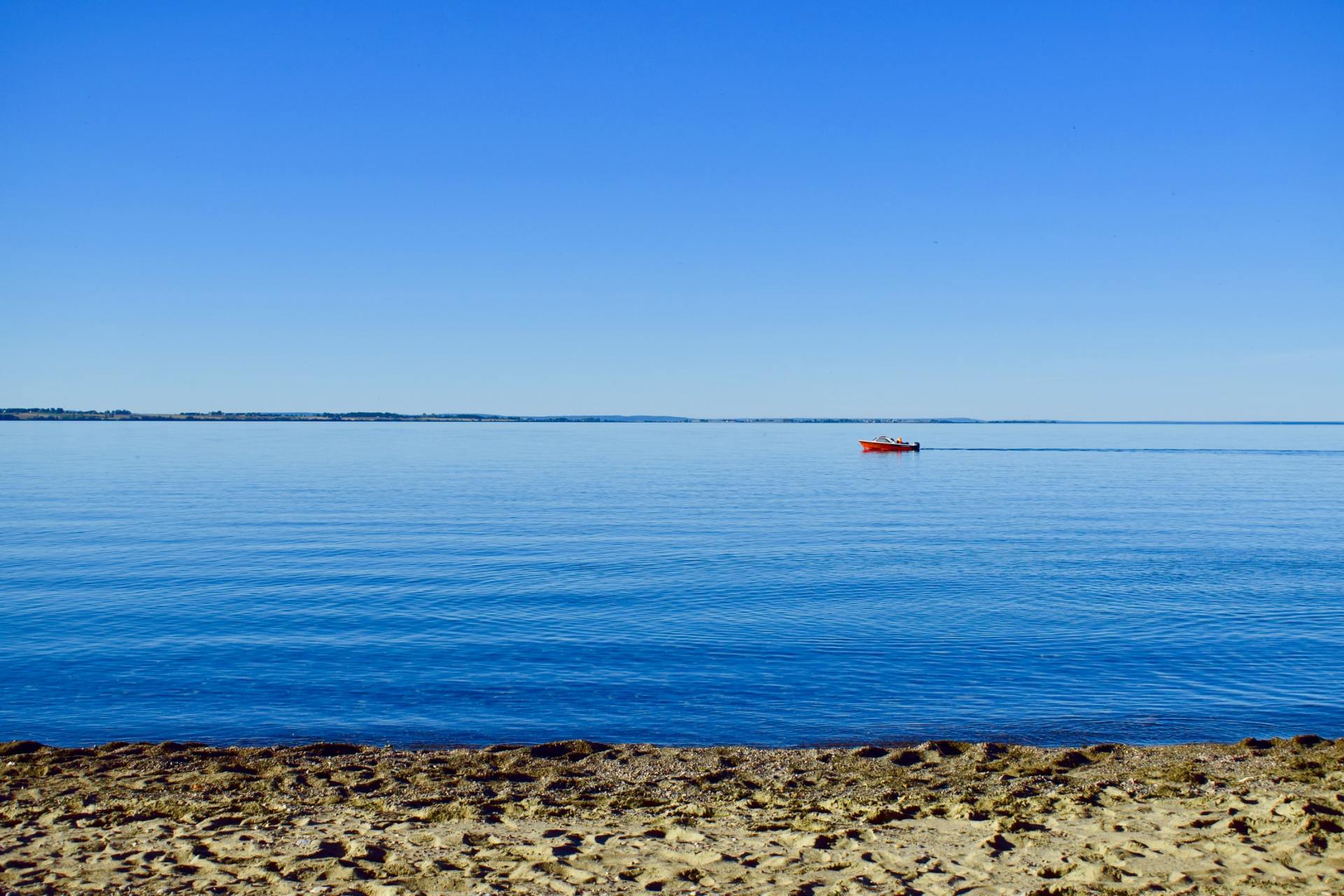
One of Europe's biggest freshwater lakes. VÄTTERN BELOW THE SURFACE (Documentary 2020) Lake Vättern Below the Surface This documentary brings forth new perspective of Swedish water management. This film is an example of how water management can be risking human health and water quality, not only in Sweden but in countries worldwide. The problem is most of the countries in the western world does not have a functioning water management, nor do they have field personnel or fully employed environmental diving inspectors checking the ecosystem below the surface. Eurofins, a major company in Europe testing for different toxins and substances, can today only provide data on approximately 300 substances. From a average sewer plant there can be an outlet of some 10 000 to a 100 000 chemicals. We cannot see chemicals, but we can see the effects when we dive. What we see are dead ecosystems at the bottom of lakes with algal blooms containing toxic cyanobacteria as a result of chemical discharge. These cyanotoxins are today linked with human diseases such as ALS, Alzheimer's and Parkinson, to name a few. The problem is we don't really know how many toxins there are in our drinking water, or in the food we eat. The film Lake Vättern Below the Surface documents this issue. The international community must begin to reevaluate how we are going to solve this problem. After you view this film some things to consider and discuss are the following topics below. These challenges we now see can easily be solved in a first stage. What is needed is to assess the level of toxic discharge there is in national water systems. We need to begin by digitizing all outlets and create an overview map of the difference in toxins found in the water systems. Then an overall plan can be tailormade made for the infrastructure in country and for the local communities. A common sense example is that placing heavy industrial complexes upstream freshwater lakes which are utilized for drinking water is not a good idea. Sweden has already solved the first stage and created a database showing the direction all water flow in the country, meaning the surface water and most of the groundwater. If a lorry with toxic cargo tips over we can follow the contamination downstream in the database and see how it affects the water system. What the country of Swedish has not realized is that we have laid the foundation for a much bigger database. Within this system we have the possibility to register the toxic discharge that is currently approved by the government. We can for example register into the database the estimated 6,000 covered dumping sites currently leaking toxic wastewater, as well as our thousands of sewer plants, industrial outlets, and the dumping locations of munition materials by Armed Forces. This can be done to provide an overview to assess the impact of the chemical outlets to our water systems. The governments have the necessary data to make this happen. This can be an effective tool to control and stop to sensitive ecosystems and keep our citizens and future generations safe. The next two steps involve diving and field personnel to survey the water systems and assess the state of ecosystems below the surface, in each country. Most important is to begin researching the methods for sampling the thousands of chemicals in our water. If we do not stop the dissemination of toxic chemicals today it could take years into the future before we solve what will become an even greater challenge to provide clean water, which is safe to drink. We need to know what our water contains to keep people, animals and the ecosystem out of harm's way. Water security will also be a major challenge for governments worldwide with the challenge of climate change. Green Cross Sweden, together with Green Cross international, are in talks with the water researchers behind this film to create a pilot studies in several countries that can address this issue or water management internationally on an global scale. Together we can change the world towards a sustainable future. - Andreas Vos Board Member, Green Cross Sweden
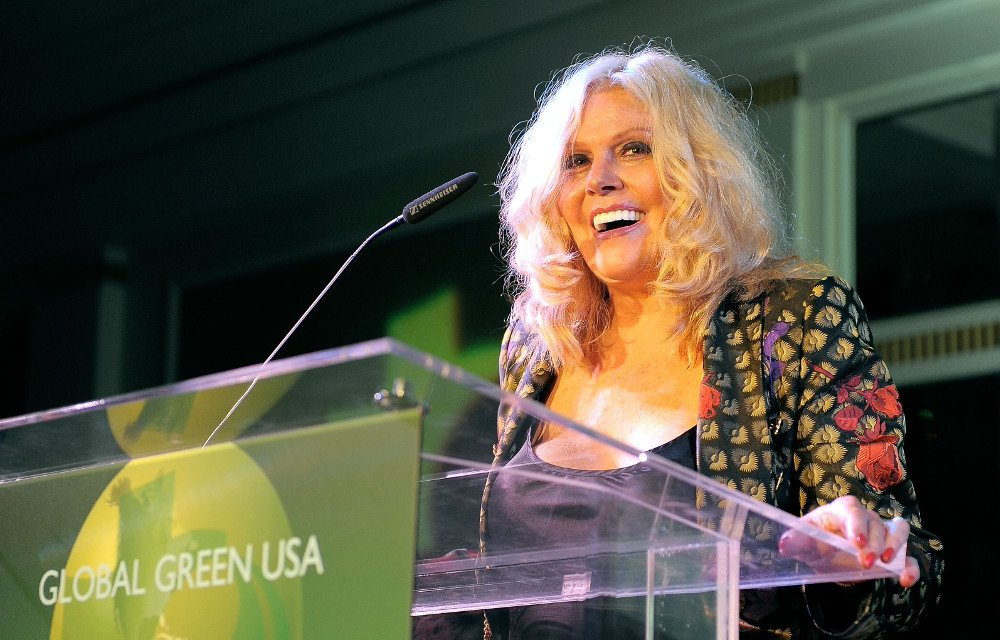
Switzerland, (July 1, 2019) — Following several months of discussion by the Green Cross International (GCI) Board of Directors, Diane Meyer Simon will assume the chair of Green Cross International from Martin Bäumle as per July 1 2019. Bäumle will remain on the GCI Board of Directors. Diane Meyer Simon is the Founder & Co-Chair of Global Green, the American Affiliate of Green Cross International. Simon founded Global Green in 1993 following a Moscow Board Meeting of Green Cross International and in alignment with her dear friend, President Mikhail Gorbachev. For the past quarter-century, Simon has spearheaded Global Green USA’s agenda and mission, to foster a global value shift toward a sustainable and secure future for people, places, and the planet in need. Global Green serves as a model for urban sustainability with projects in responsible resource recovery, green urban design, affordable housing, water management, environmental policy, and climate resilience. Most notable are Global Green’s efforts in New Orleans following Hurricane Katrina, as well as long-time influence on the Hollywood community – with key Global Green celebrities acting as the essential mouthpiece to environmental advocacy and a more sustainable future. Diane Meyer Simon assumes the helm at Green Cross International during a time of great transition and influence. Green Cross is grateful for Bäumle’s great efforts to benefit GCI in recent years by implementing a leaner structure and several cost saving measures. With her new position, Diane is poised to fortify Green Cross and its mission as originally intended by her dear friend, Gorbachev. In 1990, Green Cross was introduced as a source of global aid to a world in ecological trouble–resembling the emergency response model of the Red Cross. In 1993, Green Cross International was founded in hopes of expediting solutions to environmental problems that transcend national borders. Today, Simon is motivated to defend GCI’s programmatic pillars: Value Shift; Social & Medical (SOC MED); Environmental Security & Sustainability (ESS); Water for Life & Peace; and Smart Energy. Together Green Cross and Global Green’s mission and programs live in harmony, a collaborative response to challenges of environmental security, poverty, and degradation in order to ensure a sustainable and secure future. Diane Meyer Simon’s family serve as her every inspiration and primary motivation to actualize an enlightened human race. A human race with an understanding of the inter-relationship of humans with our living Earth. Simon believes we must learn to lighten the human load on Earth’s resources. Her work with Global Green and Green Cross International is her deepest hope for both her children’s future, as well as all of Earth’s future generations. ABOUT: Global Green USA is dedicated to helping the people, places, and the planet in need through catalytic projects, transformative policy, and cutting-edge research. Global Green USA’s signature programs include greening affordable housing, neighborhoods, and cities as well as rebuilding communities — such as New Orleans and areas of New York and New Jersey — that have suffered from the impacts of climate change, sea level rise, and environmental degradation. Global Green USA is the U.S. affiliate of Green Cross International, which was founded by President Mikhail Gorbachev in 1993 to foster a global value shift toward a sustainable and secure future. For more information, visit globalgreen.org and follow us @globalgreen . Green Cross International works to promote legal, ethical and behavioral norms to ensure basic changes in values, actions and attitudes of government, the private sector and civil society, necessary to develop a sustainable global community. GCI’s programmatic pillars focus on the critical nexus in the quest for a just, secure and sustainable future for humanity. President Mikhail Gorbachev founded Green Cross International in 1993; its key programs include Water for Life & Peace, Environmental Security & Sustainability, Social & Medical, Smart Energy, and Value Shift.
